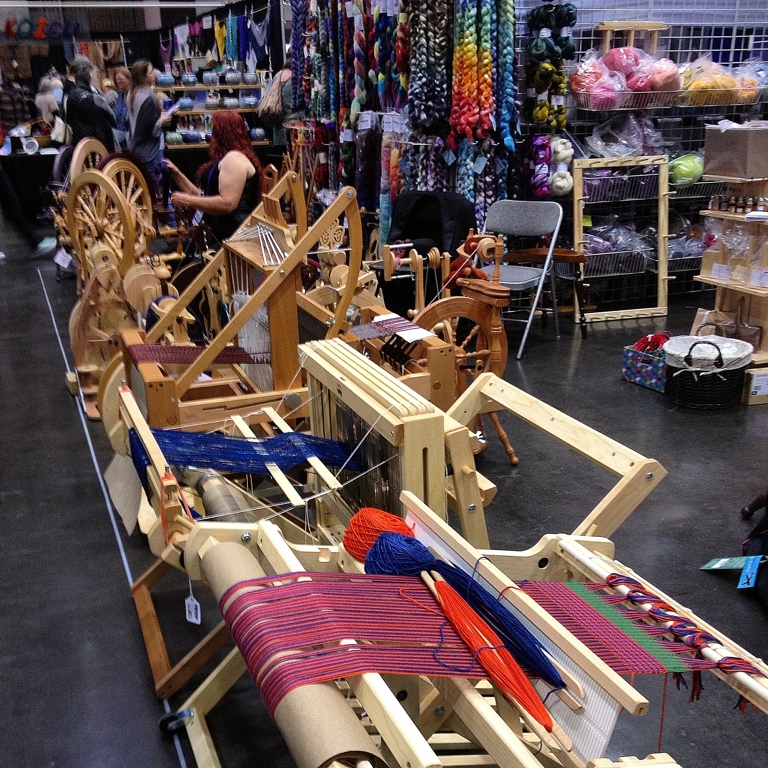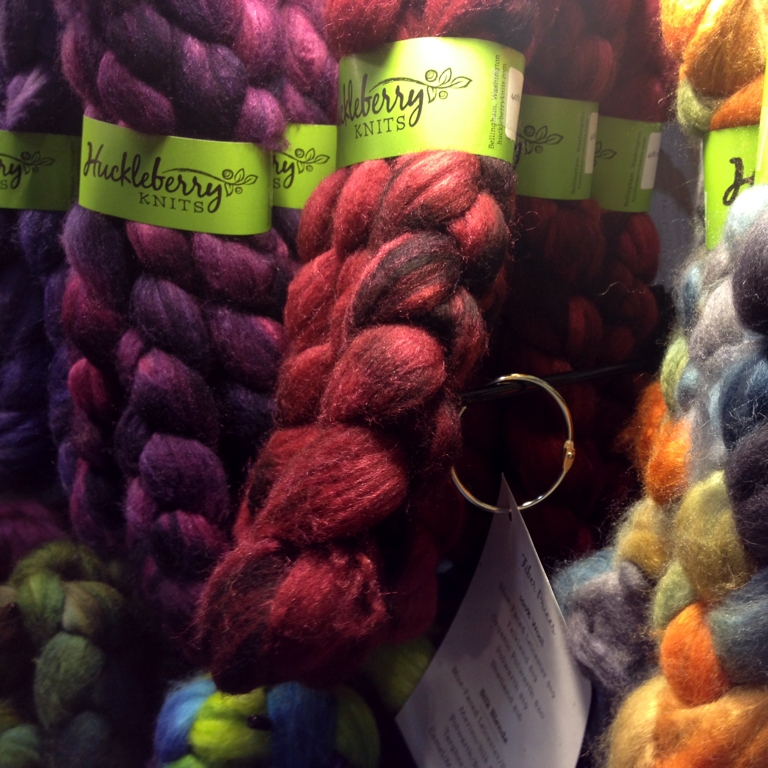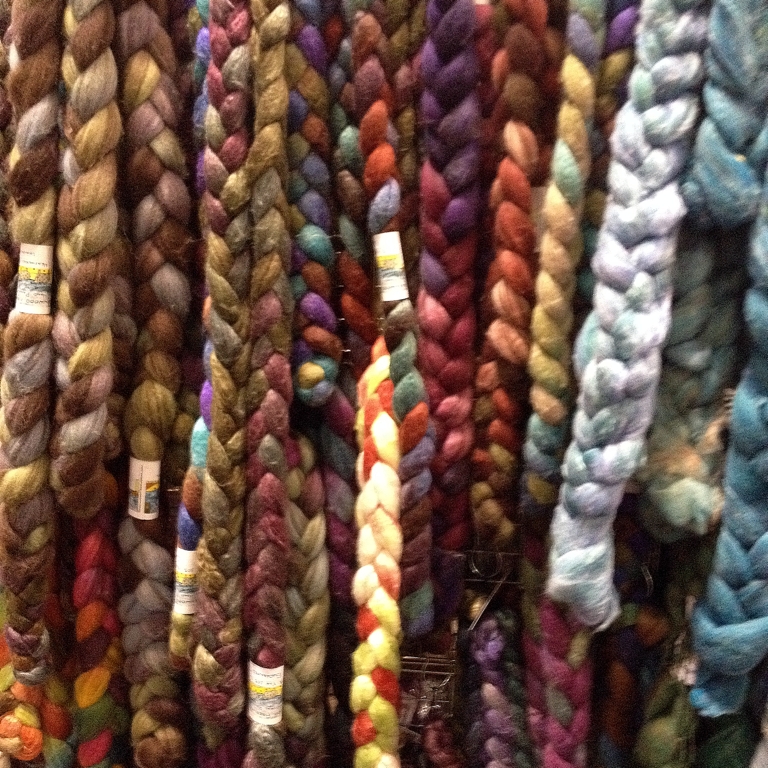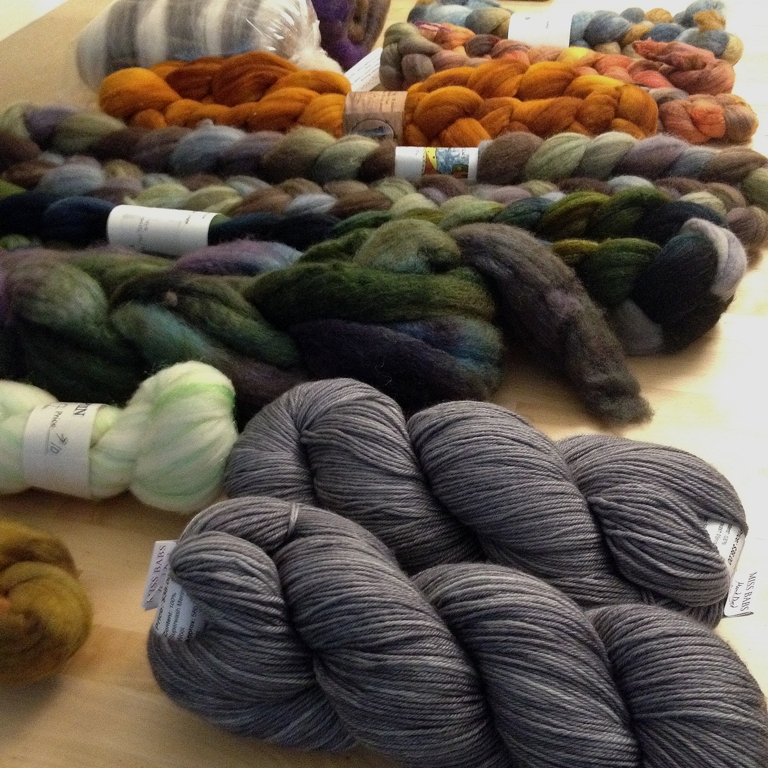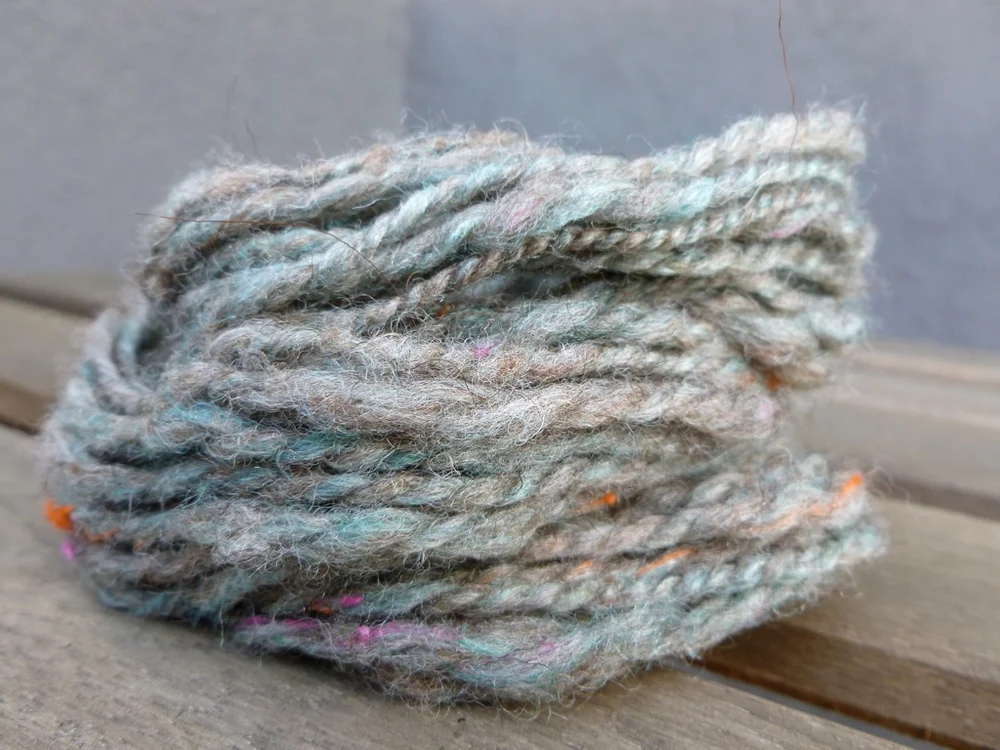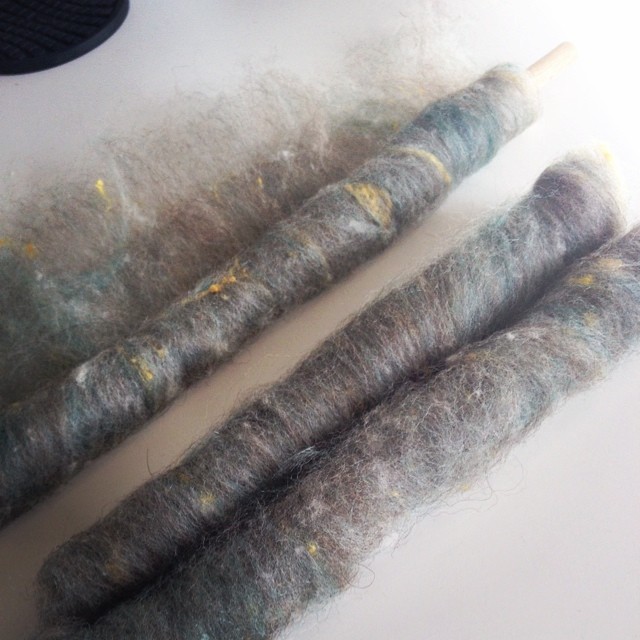Let’s Get Ready For Tour de Fleece 2015
/Tour de Fleece, the grand summer spin-along to the Tour de France, is coming up on July 4th. I am so excited to spin more yarn for my fourth Tour! Part of the why I look forward to it every year is that I add lots of new handspun to my stash. I haven’t knit it all up yet but that’s okay. The reason I’m most excited for Tour de Fleece though is that I use it as a time to learn new techniques, try different fibers, and level up my skills.
Before the 2014 Tour I wrote a post with 5 training tips for Tour de Fleece. This year I’m taking my own training advice which means the first thing to do is empty all my bobbins. I only have 3 bobbins that I can use on my Sidekick and one of them is a Jumbo for plying. My current project, 4 oz of hand dyed falkland, has been on the wheel for far too long and I finally finished spinning the second single last Monday. Tuesday, I started plying. I’m still plying today, but I’m always happy to see how much faster the bobbin fills up. One more skein before Tour de Fleece! Well, at least one more.
I’ve also set my goals for 3 weeks of dedicated spinning. The first and most important one, don’t hurt myself. My shoulder wasn’t pleased after I spent so much time drafting long-draw last year. I had no choice but to take a spinning break. My second goal involves this yarn I’m spinning right now. Before I started drafting I watched the second segment of Jacey Boggs’ Craftsy class, Drafting From Worsted to Woolen. The difference in my worsted spun yarn before and after watching the 23 minutes of this segment is incredible. My singles are smoother, more consistent, and much finer. So, for Tour de Fleece I’m going to spin and ply my way through the rest of Drafting From Worsted to Woolen. This is going to be fun.
Happy spinning and training for Tour de Fleece!


















































